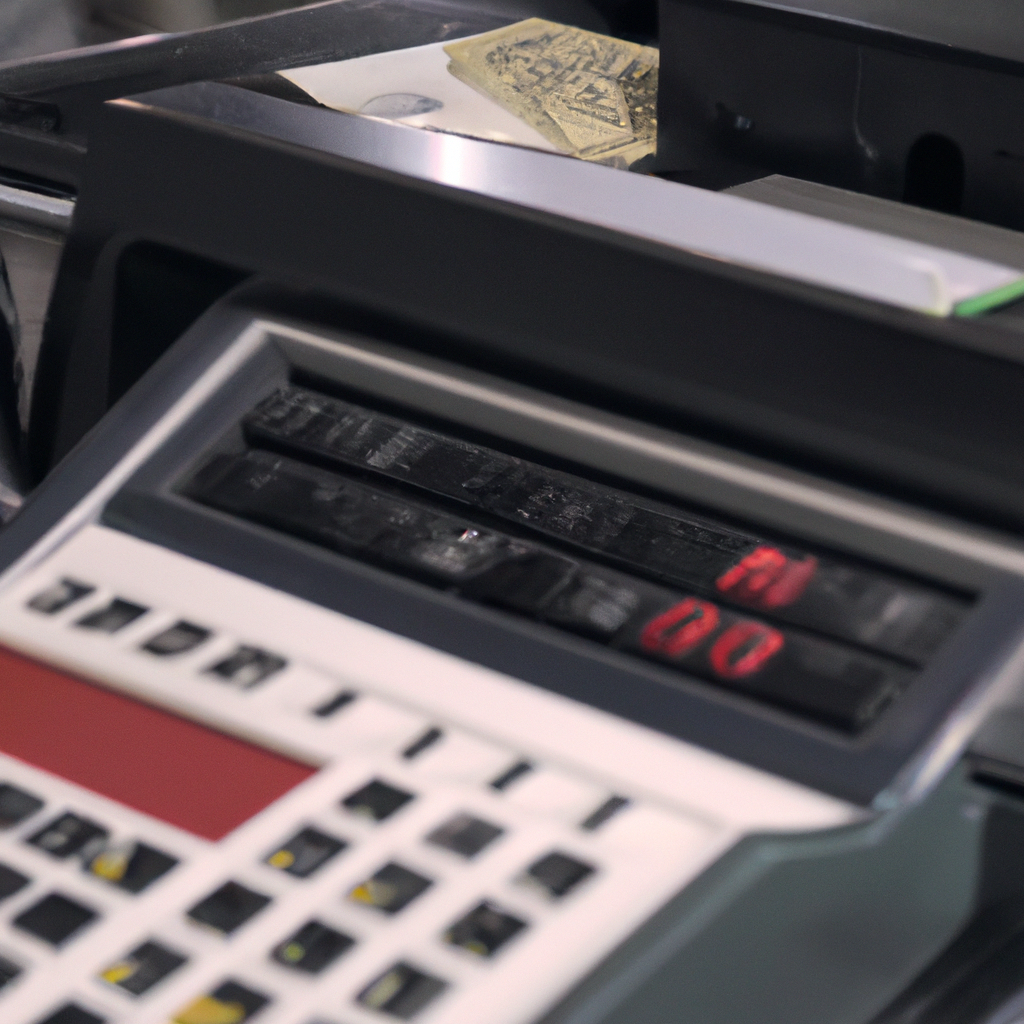A cash register is an electronic device used for calculating sales transactions, providing receipts, and recording cash transactions. It is an essential tool for retail operations, ensuring cash management is efficient and accurate. The cash register has evolved over the years to incorporate advanced features such as barcode scanning, inventory management, and credit card processing. In this article, we will discuss how a cash register calculates totals and gives change.
How Does a Cash Register Work?
A cash register is a point of sale (POS) system that automates retail transactions, replacing manual calculations and recording. It consists of a drawer for storing cash, a keyboard for entering sales data, and a display for showing transaction information. Modern cash registers are designed to be user-friendly, with touch screens and intuitive interfaces.
How Does a Cash Register Calculate Totals?
Calculating totals involves adding up the prices of all the items purchased by a customer. The process is straightforward and follows these steps:
1. Enter the price of each item using the keyboard or a barcode scanner.
2. The cash register adds up the prices and displays the total amount due.
3. The cashier verifies the total amount and provides it to the customer.
Modern cash registers allow for discounts, taxes, and other charges to be automatically added to the total. This ensures that the final price accurately reflects the customer’s purchase.
How Does a Cash Register Give Change?
Once the customer has paid, the cash register calculates the change due and provides it to the cashier. The process involves the following steps:
1. Enter the amount paid by the customer.
2. The cash register subtracts the total amount due from the amount paid to calculate the change due.
3. The cash register opens the cash drawer and displays the change due.
4. The cashier counts out the change and provides it to the customer.
Modern cash registers have features that make giving change easier, such as coin dispensers and note sorters. This ensures that the cashier can provide the correct change quickly and efficiently.
How Does a Cash Register Improve Retail Operations?
Using a cash register has many advantages for retail operations, including:
1. Accurate calculations: Cash registers eliminate human error in calculating sales totals and giving change, ensuring accuracy in cash management.
2. Record-keeping: Cash registers automatically record sales data, providing valuable insights into sales trends and customer behavior.
3. Efficiency: Cash registers automate many aspects of retail operations, saving time and increasing efficiency.
4. Security: Cash registers have built-in security features such as password protection and cash drawer locks, reducing the risk of theft and fraud.
Conclusion
In conclusion, a cash register is an essential tool for retail operations, providing accurate calculations, efficient cash management, and valuable record-keeping. It calculates totals by adding up the prices of all items purchased by a customer and gives change by subtracting the total amount due from the amount paid. Modern cash registers have advanced features that make retail operations more efficient, such as barcode scanning, inventory management, and credit card processing. Using a cash register improves cash management, saves time, and ensures accurate record-keeping, making it an indispensable tool for retailers.







